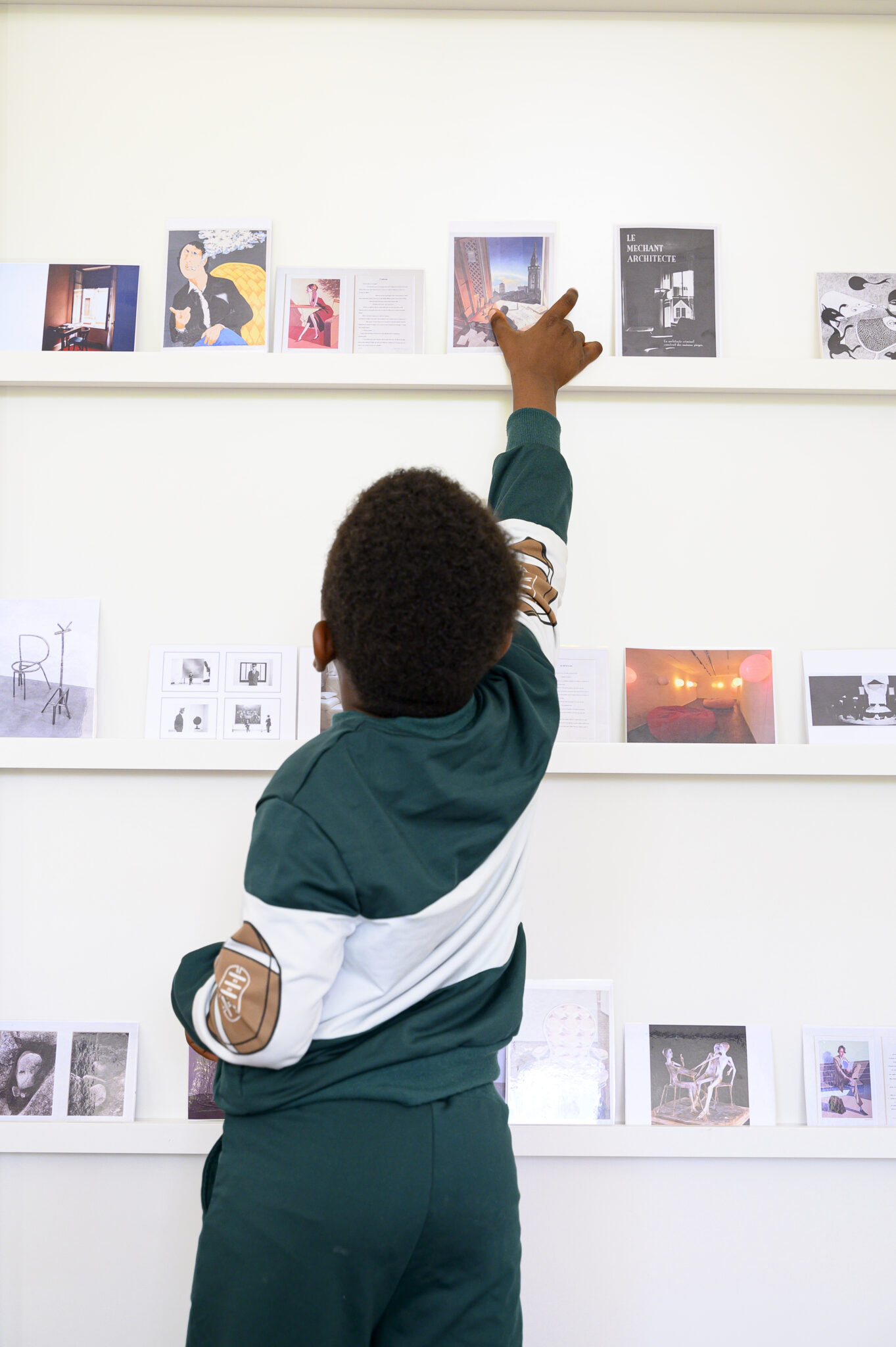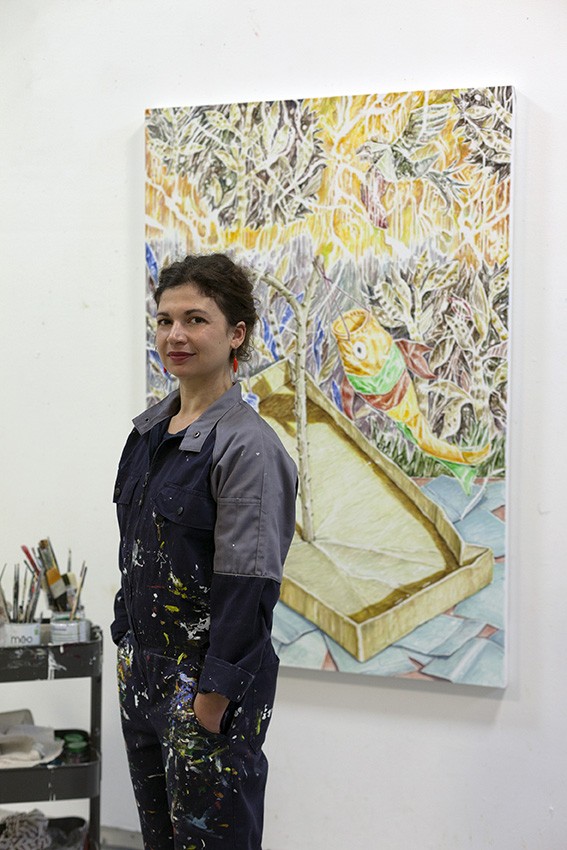
What's a Frac ?

The Fonds régionaux d’art contemporain (Regional Collections of Contemporary Art – Frac) created in 1982 based on a partnership between the central government and regional councils are institutions whose mission is to establish public contemporary art collections, display them to wide-ranging audiences and to devise new ways of raising awareness of contemporary art.
The Frac structures include exhibition spaces, storage facilities and educational and documentary resource areas. Yet they are unrestricted to a unique exhibition site. Their heritage is essentially nomadic and uses original dissemination and educational tools; as such the FRAC collections travel regionwide, as well as throughout France and abroad.
Every year, a third of the Frac holdings is presented to the public, making them the most widely disseminated public collections in France.

Their principle of mobility defines them as key protagonists in a regional cultural development policy, aiming to reduce geographical, social and cultural disparity and also to facilitate the discovery of contemporary art by the most diverse audiences.
Every year, a third of the Frac holdings is presented to the public, making them the most widely disseminated public collections in France. Their principle of mobility defines them as key protagonists in a regional cultural development policy, aiming to reduce geographical, social and cultural disparity and also to facilitate the discovery of contemporary art by the most diverse audiences.
Each year the Frac organise around 667 exhibitions and 3,559 artistic and cultural education initiatives in a broad range of venues, in conjunction with a wide variety of public or private institutions. In 2018, the Frac welcomed over 1.5 million visitors throughout France.
Supporting and promoting emerging creation

The Frac collections today boast over 35,000 works by 6,000 French and foreign artists. Flexible and autonomous structures, responsive to forward-looking and experimental approaches, the Frac support young artists by often being the first institutions to acquire their works.
First entrance in a french public collection :
· Haim Steinbach (Frac Nouvelle-Aquitaine MÉCA, 1988)
· Jeff Koons (Frac Nouvelle-Aquitaine MÉCA, 1988)
· Yan Pei-Ming (Frac des Pays de la Loire, 1990)
· Bruno Serralongue (Frac Poitou-Charentes, 1998)
· Luc Tuymans (Frac Auvergne, 1993)
· Yto Barrada (Frac Grand-Large, 2004)
· Raphaël Zarka (Frac Franche-Comté, 2006)
· Laure Prouvost (Frac Bourgogne, 2014)
· Lola Gonzàlez (frac île-de-france, 2014)
…
First personal exhibition in a french cultural institution :
· Thomas Hirschhorn (Frac Nouvelle-Aquitaine MÉCA, 1997)
· Bruno Serralongue (FRAC Corse, 1998)
· Ulla von Brandenburg (frac île-de-france, 2007)
· Thomas Bayrle (FRAC-Artothèque Nouvelle-Aquitaine, 2007)
· Bertrand Dezoteux (Frac Nouvelle-Aquitaine MÉCA, 2012)
· Florence Doléac (Frac Grand-Large, 2019)
…